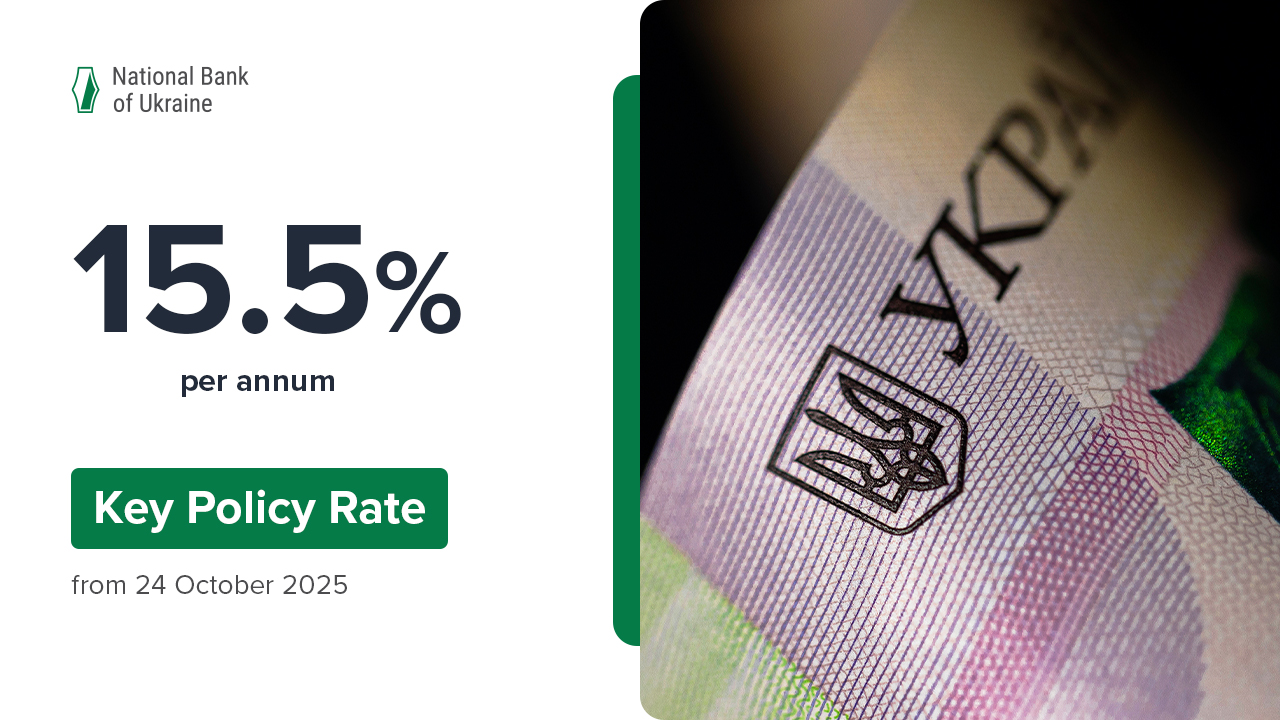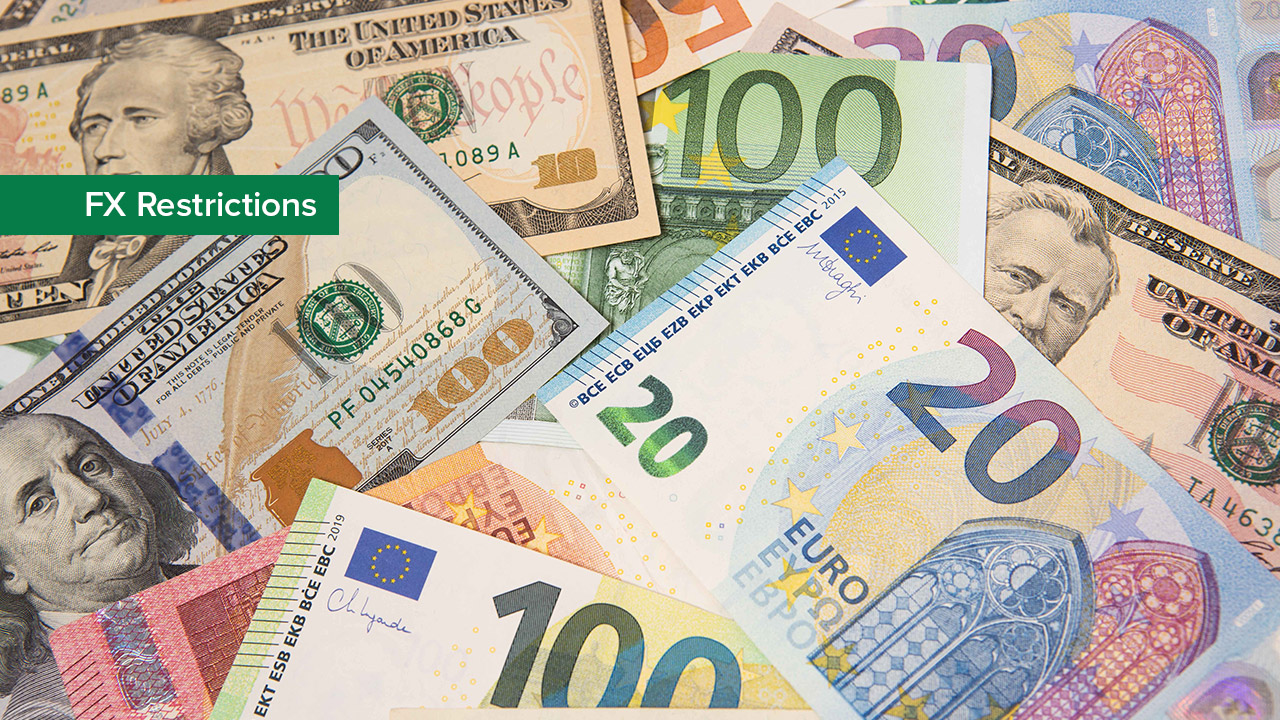As expected, headline inflation accelerated to 15.6% yoy in June 2017 from 13.5% in May. In monthly terms, the CPI increased by 1.6%, according to data released by the State Statistics Service of Ukraine (SSU).
Actual inflation came in above the NBU’s projections, primarily reflecting a faster-than-expected growth in raw food prices and a persistently strong impact of administered factors. Meanwhile, underlying inflation pressures remained moderate, broadly in line with expectations.
Core inflation accelerated to 6.8% yoy in June (stood at 0.2% mom). The acceleration in core inflation was driven by a further increase in housing maintenance tariffs at a fast pace, as well as secondary effects from rising raw food prices. The latter pushed up prices for processed foods (to 8.4% yoy). Selected service prices that are included in the core CPI (prices for health care, recreational and cultural services, as well as prices for restaurants and hotels) also accelerated. Meanwhile, a decline in inflation expectations amid the strengthening of the hryvnia against the US dollar kept prices for imported goods virtually flat and contributed to the slowdown in the growth of prices for clothes and footwear.
As expected, raw food prices accelerated further. However, the pace of increase (23.6% yoy and 7.2% mom) outperformed the NBU’s projections. Prices for fruit and vegetables accelerated to 40.7% yoy and 29.0% yoy, respectively. Apart from a partial crop loss (in particular, strawberry crops) due to unfavorable weather conditions, the movements of prices for fruit and vegetables continued to reflect changes in the SSU methodology for calculating the CPI, which were introduced in early 2017. In particular, the method of weighted averages was previously used as one of the main methods for calculating prices for these products (when prices for early- and late-harvested fruits and vegetables were weighted by the share of their sales). From now on, prices for those products that prevail on the market are recorded in different seasons of the year. As a result, a reflection of the seasonal factor for fruit and vegetable prices changed, with prices tending to increase markedly in those months when early produce (in particular, in May-June) or imported fruits and vegetables come to the market. Conversely, prices tend to decline more substantially with the increased supply of domestically produced fruits and vegetables.
In addition, prices for meat and milk accelerated further in annual terms, driven by rising global prices and robust exports. As expected, prices for eggs recovered in June as export restrictions on poultry-related products to some countries were gradually lifted.
Growth of administered prices and tariffs accelerated to 28.8% yoy (stood at 1.3% mom), primarily reflecting higher tariffs for cold water and sewerage effective from May. In addition, prices for tobacco products accelerated further due to ongoing distribution difficulties. Meanwhile, the growth of prices for alcoholic beverages slowed down further.
As expected, fuel prices decelerated to 11.5% yoy (were down by 1.0% mom) against the backdrop of lower global oil prices in the previous months and favorable FX market conditions.
The NBU expects these effects to be largely offset in the latter half of 2017. However, current developments of the CPI and its components point to the further heightened risks for achieving the year-end headline inflation target for 2017.







